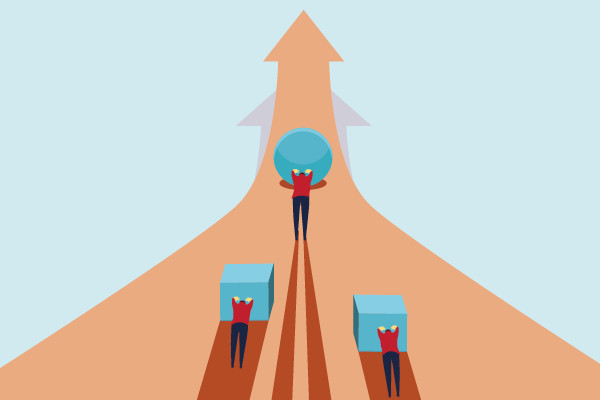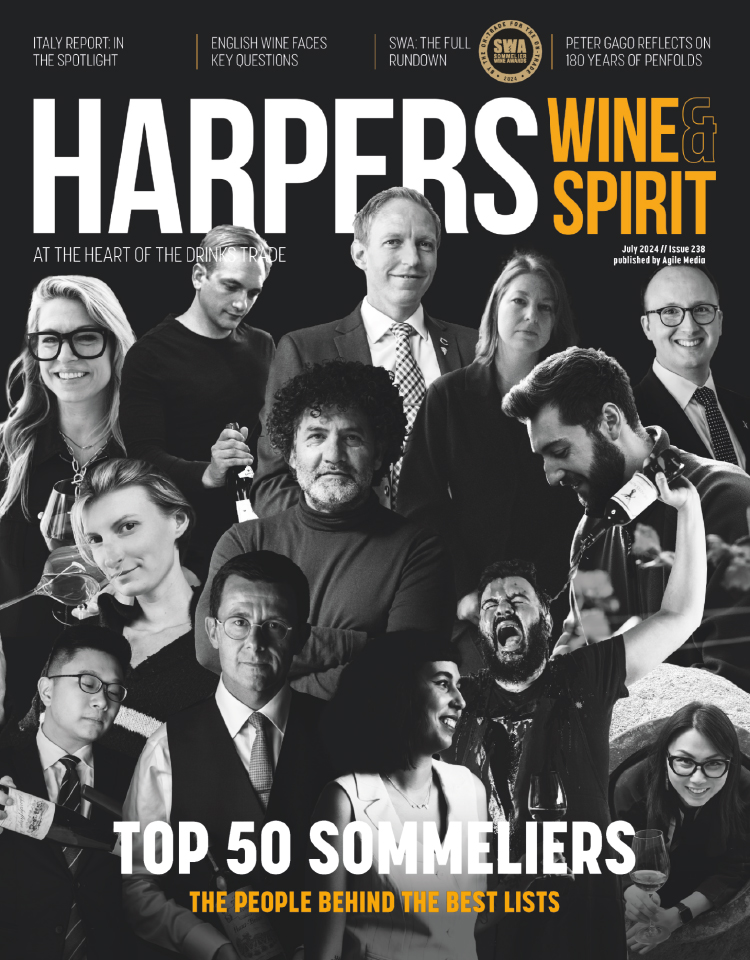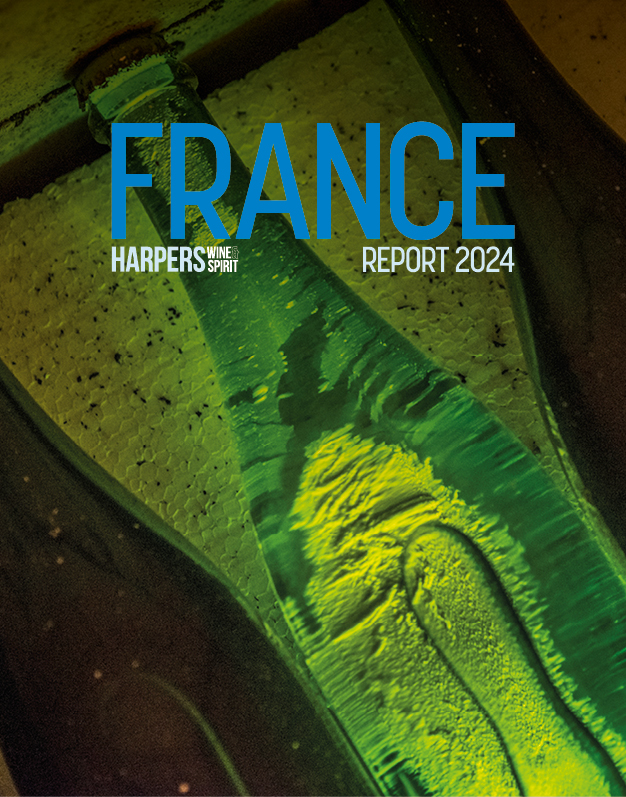
Big debate: How Covid-19 will prove a catalyst for change
Leading suppliers joined Andrew Catchpole in our recent Harnessing the Crisis for Change webinar to look at how Covid-19 will shape the road ahead.
That the pandemic has been a huge driver of change is without question. And bringing together leading suppliers and asking them to identify what (if any) positives can be extracted from this grim catalyst amid a whole host of new post-lockdown uncertainties was always going to have an element of crystal ball gazing. But the panel at Harpers’ recent Harnessing the Crisis for Change webinar rose to the challenge, with clear insights and measured predictions about what changes would stick and the evolution now urgently needed.
There was, however, no sidestepping the enormity of the problems in the months and years ahead.
“Things will change, because the direction of travel at the moment is totally unsustainable. Finding a way to work that is commercially viable is going to be absolutely fundamental,” said Michael Saunders, CEO at Bibendum.
Graft Wine Company’s MD Nik Darlington agreed, saying the wine supply side, especially for those supplying to the on-trade, along with their customers, had “a real problem, even before the lockdown”, with the crisis laying bare just how businesses “were barely breaking even before, and that’s every link in the chain”.
Furthermore, rent pauses, furlough and a host of other measures designed to help businesses weather the crisis were simply “kicking the problem down the road”, with the low margins for on-trade operators and their suppliers cruelly exposed.
Enotria & Coe’s CEO Troy Christensen acknowledged that “this is a long-term situation, and we are not going to revert back immediately to where it was”.
He added: “Despite a very tough competitive side to the market, if we go back to slugging it out and ripping margin out of the value chain – and ignoring the consumer – then we’re going to lose out again to the beer and spirits guys as the crisis lifts.”
Contrasting the current Covid-inflicted recession with the harsh financial crash of 2007-08, Fergal Tynan MW, MD of Alliance Wine, argued that while cost-cutting had been the typical response back then, that wouldn’t be an option this time.
↓
Accentuate the positive
Tynan then spun the focus on to the need for a more businesslike partnership between suppliers and on-trade operators, identifying room for improvement by placing more emphasis on the business of wine in the relationship.
“Too many business meetings are about the wine, rather than sitting down together and talking about money, about how we can change the way we work to make it better,” he said.
Sticking with the key question of how greater (real) value and margin can be built back into the supply side of the trade, certain key changes wrought by the pandemic were highlighted as springboards for just such change.
With major suppliers having flipped to direct-to-consumer (DTC) sales, independent merchants having experienced an unprecedented boom and other factors, such as the dawning realisation that winemakers and their retail champions can easily (and cheaply) be brought together virtually with wine-buying punters, the opportunity exists to better enhance closer contact with the consumer.
Saunders said that the trade must now inject the kind of excitement that beer and spirits have into their respective categories and thus take consumers on “the interest journey within wine”, encouraging purchasing of wines that add value for all in the supply chain.
Christensen referred to “a silver lining that we could take advantage of” – namely the uptick in wine drinking at home during the absence of the on-trade, ahead of beers and spirits. He predicted that this would continue for some time as the on-trade struggled to regain its momentum.
And both Saunders and Darlington agreed that the thrusting of indies into the limelight as “local heroes” could only be a positive for highlighting the exponential rise in value and interest that accompanies – often modest – higher spend.
Enthusiasm for Zoom meetings, virtual tastings and events will not, though, come anywhere near to stacking up against the lost revenue and lack of direct interaction through travel, tourism and physical interaction.
However, neither will consumers – or the trade – return to many of their previous habits any time soon, meaning that the trade will have to channel further resources into maximising the use of digital platforms and communication and online sales, something forced upon many already.
“A lot of what is happening now needs to evolve, but it will become part and parcel of the trade in the future,” said Christensen.
Saunders added: “With the trade down for four months, pretty much everybody in the company spent a lot more time engaging directly with consumers to a greater extent than has been the case for the last 10 or 15 years.
“If this continues, it could be a very positive thing for the trade because under the pressure of the last 10 years, we’ve been quite inward looking.”
On the creativity shown by the trade in embracing new channels, Saunders argued that DTC is not an issue, as long as transparency is to the fore.
“The elephant in the room is the controversy stemming from the independent sector around large on-trade wine suppliers setting up direct-to-consumer models,” said Saunders. “The response to that is that it is absolutely nothing new.”
Darlington agreed, highlighting that 50% of the Harpers 50 Best Wholesalers list are wholesalers with retail arms, including many independent merchants.
“If there was any controversy around it, then it’s misplaced, because it’s always existed, and as long as everyone’s open and transparent about it, it works fine,” he said.
Another point raised was that in supplying consumers direct, companies were being forced to provide content “at the level of the consumer, not the gatekeepers”, which is no bad thing in helping the trade become less inward looking.
Indeed, ongoing greater flexibility was identified as wholly necessary for the long-term viability of suppliers as recession, a potentially very damaging Brexit, plus rounds of consolidation inevitably take their toll.
This also means that costs will have to be passed on and somehow, by building greater awareness of real value into the supply chain, the public are going to have to be persuaded to part with more money and pay the true worth for a drink and a meal.
“As a sector there’s quite a few things out of our control, but quite a few we can control and we need to start working on them now,” concluded Tynan.
The full video version of the Harnessing the Crisis for Change webinar is available to watch here.
Keywords:
- Suppliers
- Andrew Catchpole
- debate
- change
- joined
- andrew
- catchpole
- leading
- covid
- prove
- catalyst
- change leading
- leading suppliers
- suppliers joined
- joined andrew
- change leading suppliers
- leading suppliers joined
- suppliers joined andrew
- joined andrew catchpole






